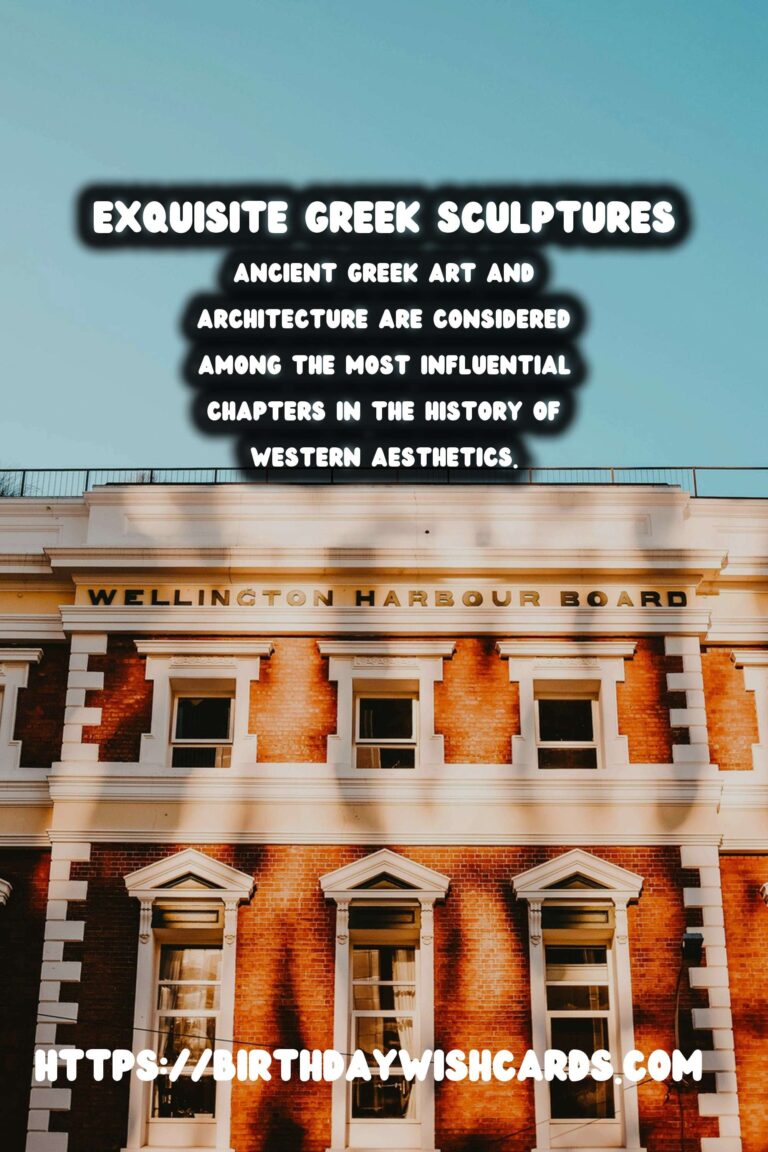
Ancient Greek art and architecture are considered among the most influential chapters in the history of Western aesthetics. From the intricate sculptures of the Parthenon to the exquisite pottery that adorned everyday life, Greek artistry has captivated the human imagination and played a pivotal role in shaping modern aesthetic ideals.The legacy of Greek art can be traced not only in the realms of visual culture but also in philosophy, architecture, and even politics. Today, its echoes permeate the fibers of Western art, reflecting principles of balance, harmony, and beauty that have transcended time.
The Philosophical Backbone of Greek Art
At the heart of Greek art lies a profound philosophical underpinning. The Greeks viewed art as a direct expression of mathematical and universal principles. Plato and Aristotle, with their differing views on realism and abstraction, profoundly influenced the artistic expressions of the era.Plato’s idealism emphasized the pursuit of beauty and truth, where art was a reminder of the divine essence. Conversely, Aristotle’s emphasis on realism laid the foundation for a more earthly representation of beauty, promoting an art form that mirrored life accurately.
Sculpture: Virtues in Marble
The art of sculpture reached its zenith in classical Greece. From the serene expressions of the Kouroi to the dynamic postures of Hellenistic creations, Greek sculptors mastered the portrayal of the human figure. They were pioneers in capturing the human body in movement, emphasizing anatomical precision combined with idealized forms.These sculptures emphasized ethos and pathos, appealing to a deeper understanding of human virtue and emotion. Renowned works like the Venus de Milo and the Discobolus have become timeless icons, influencing countless generations of artists worldwide.
Architecture: Pillars of Western Design
Architecture was another vibrant expression of Greek aesthetics. The Greeks developed three classical orders—Doric, Ionic, and Corinthian—which have become the foundation of Western architecture.The Parthenon, perhaps the most iconic example of Greek architectural genius, embodies the principles of symmetry and proportion. Modern architects continue to draw inspiration from its clean lines and harmonious proportions, often replicating these elements in works meant to evoke grandeur and authority.
Pottery and Its Narrative Art
Greek pottery offers a lens into the everyday life and mythology of ancient Greece. Often adorned with scenes of gods, heroes, and daily activities, these pottery pieces narrate stories that reflect the societal values and beliefs of the time.Artists like Exekias and Euphronios brought life to their creations, using red-figure and black-figure techniques to add both detail and depth. The narrative art found on these ceramics has influenced literary traditions and the visual storytelling found in Western art.
The Renaissance: A Revival of Greek Ideals
The reverberations of Greek art became particularly pronounced during the Renaissance, a period often described as a ‘rebirth’ of classical antiquity. Artists such as Michelangelo and Raphael were famously inspired by Greek sculptures, echoing the idealized forms and humanistic qualities of their predecessors.This revival not only reinvigorated interest in Greek antiquities but also reinforced the concept of humanism, a cornerstone of the Renaissance’s intellectual journey.
Continued Relevance in Modern Art
Today, Greek art continues to inform and inspire. Many contemporary artists reference Greek themes and techniques, finding new ways to incorporate ancient ideals into modern settings.The minimalism seen in modern art and architecture is often a nod to the simplicity and balance inherent in Greek aesthetics. Moreover, in contexts such as political structures and public buildings, Greek architectural styles are frequently employed to convey power, democracy, and resilience.
Conclusion
Art, as seen through the lens of ancient Greece, reflects the beauty and complexity of human existence. Its timeless appeal has seeped into the fabric of Western aesthetics, reminding us of the enduring grace and profound understanding the Greeks had for the world around them.As we continue to engage with the legacies of Greek art, we are not only honoring a historical narrative but also perpetuating a cycle of creativity that continuously shapes our cultural and aesthetic sensibilities.
Ancient Greek art and architecture are considered among the most influential chapters in the history of Western aesthetics. At the heart of Greek art lies a profound philosophical underpinning. 

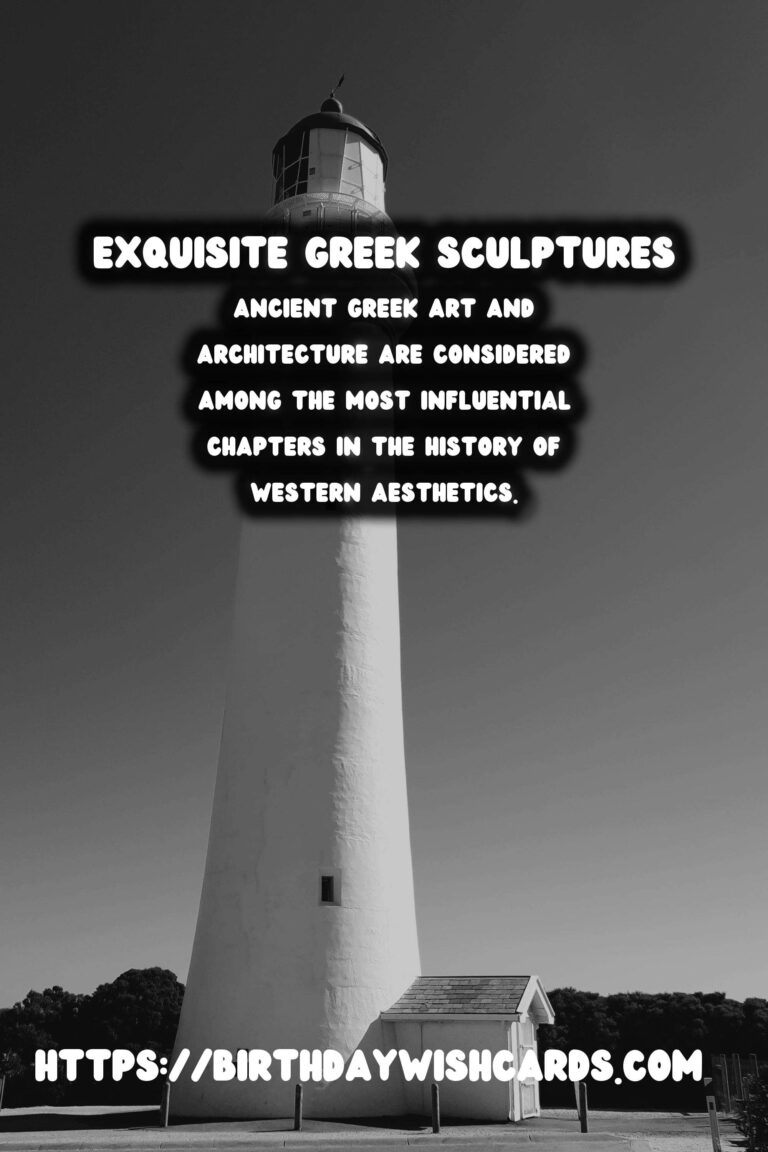

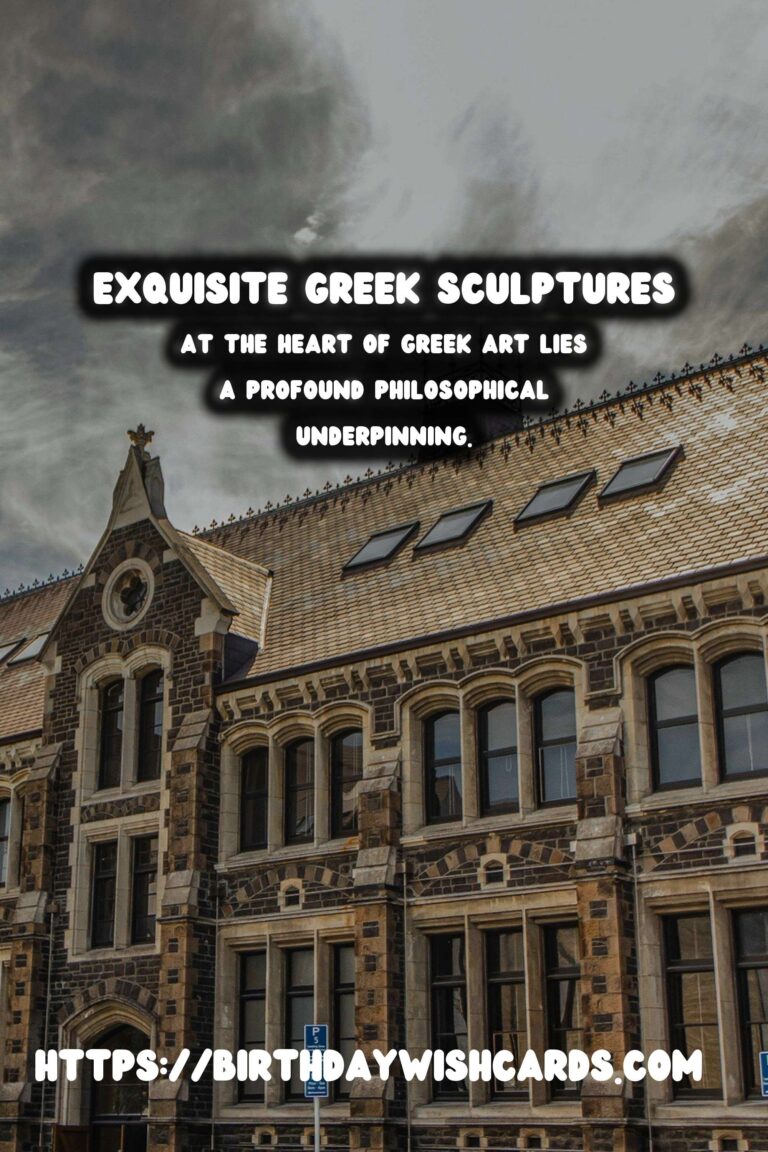
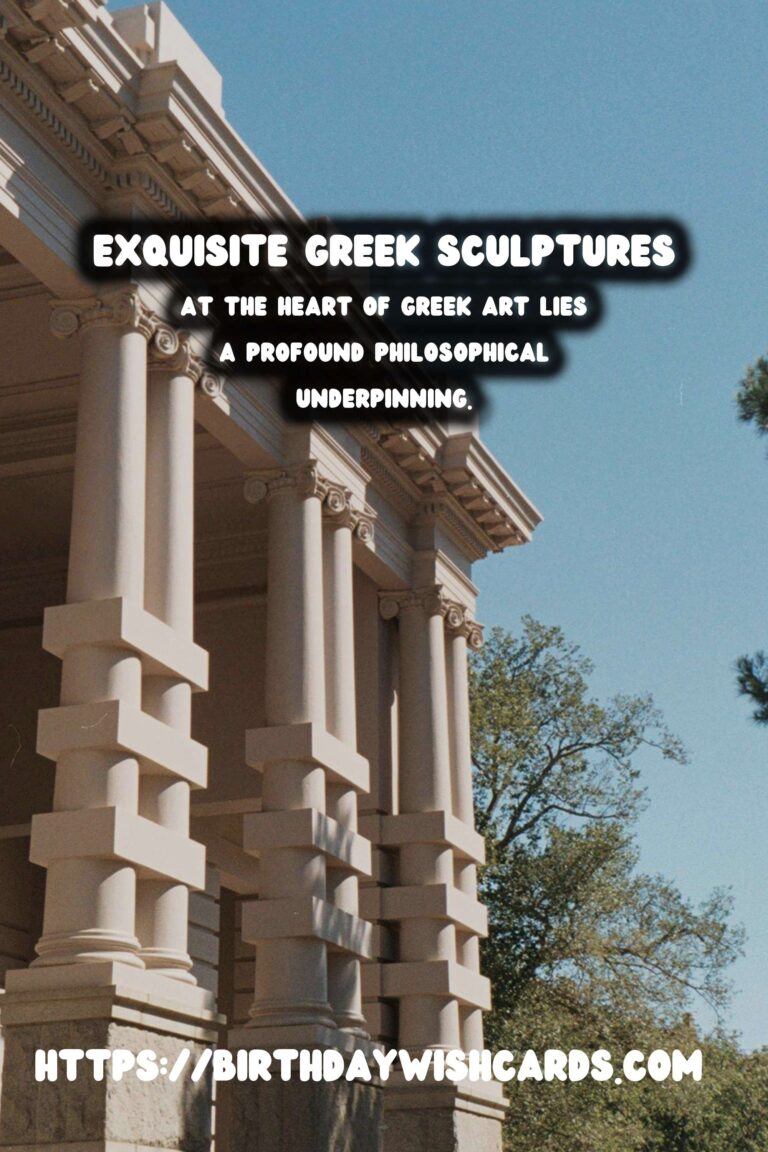
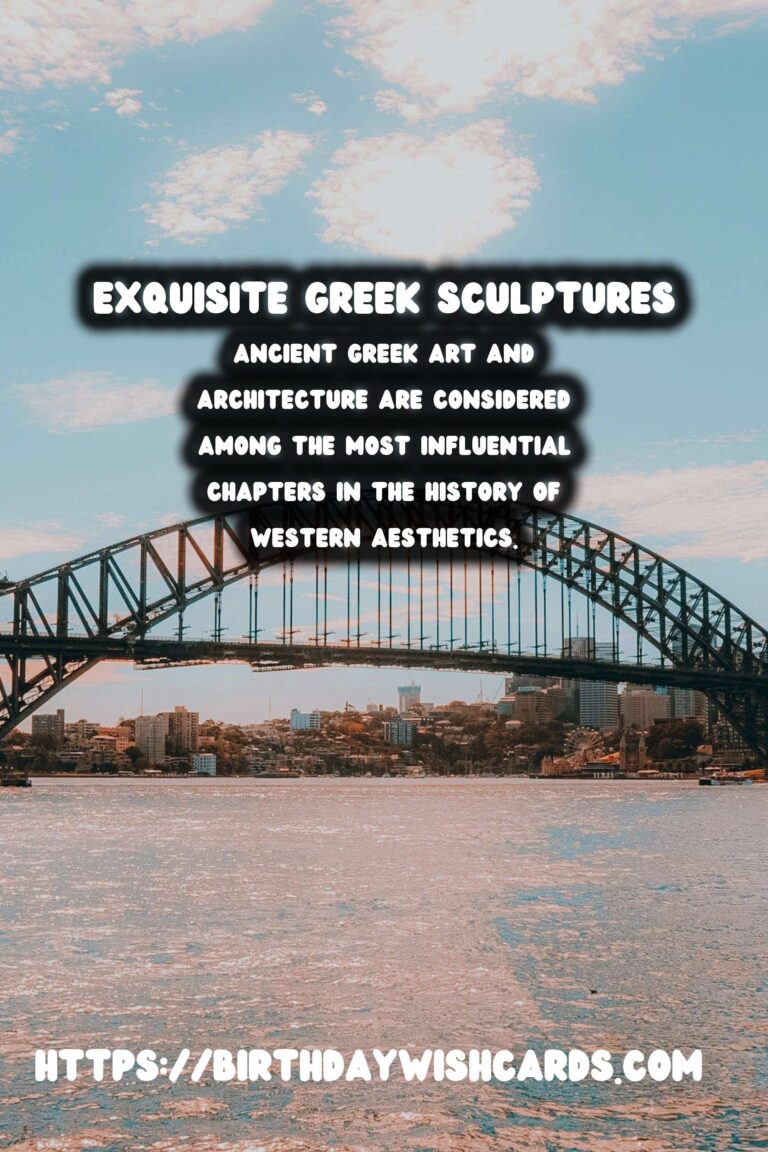
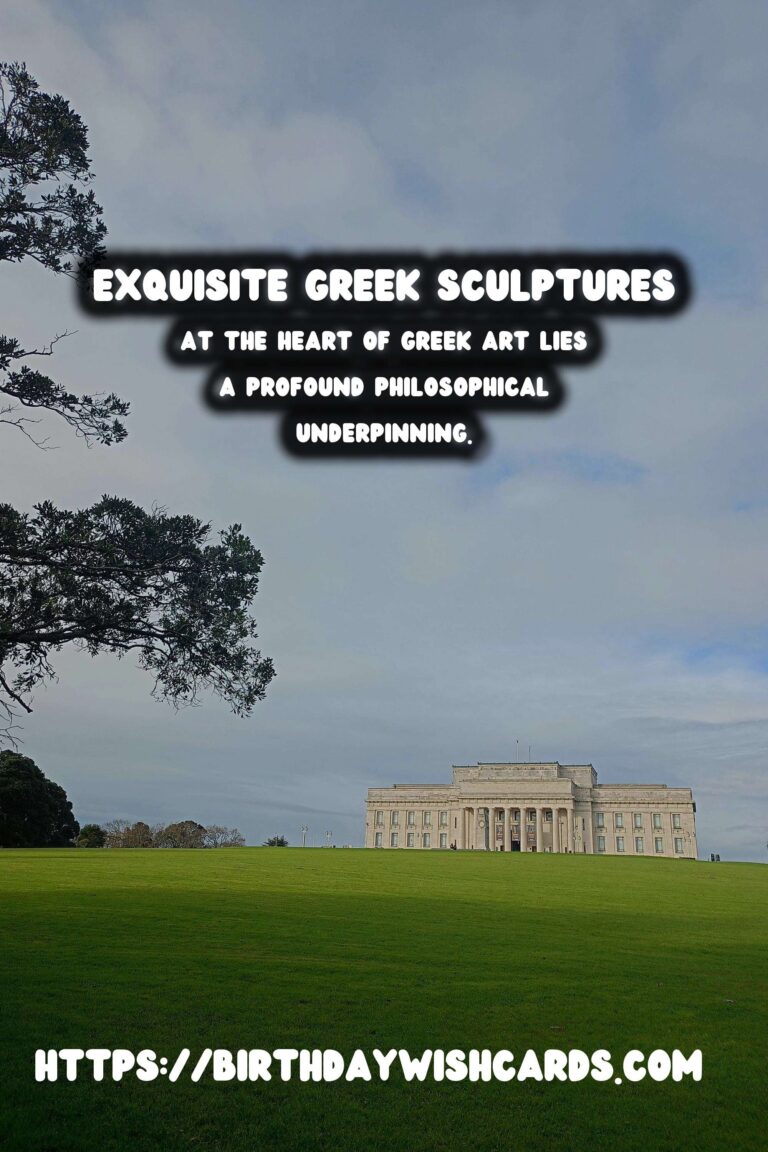
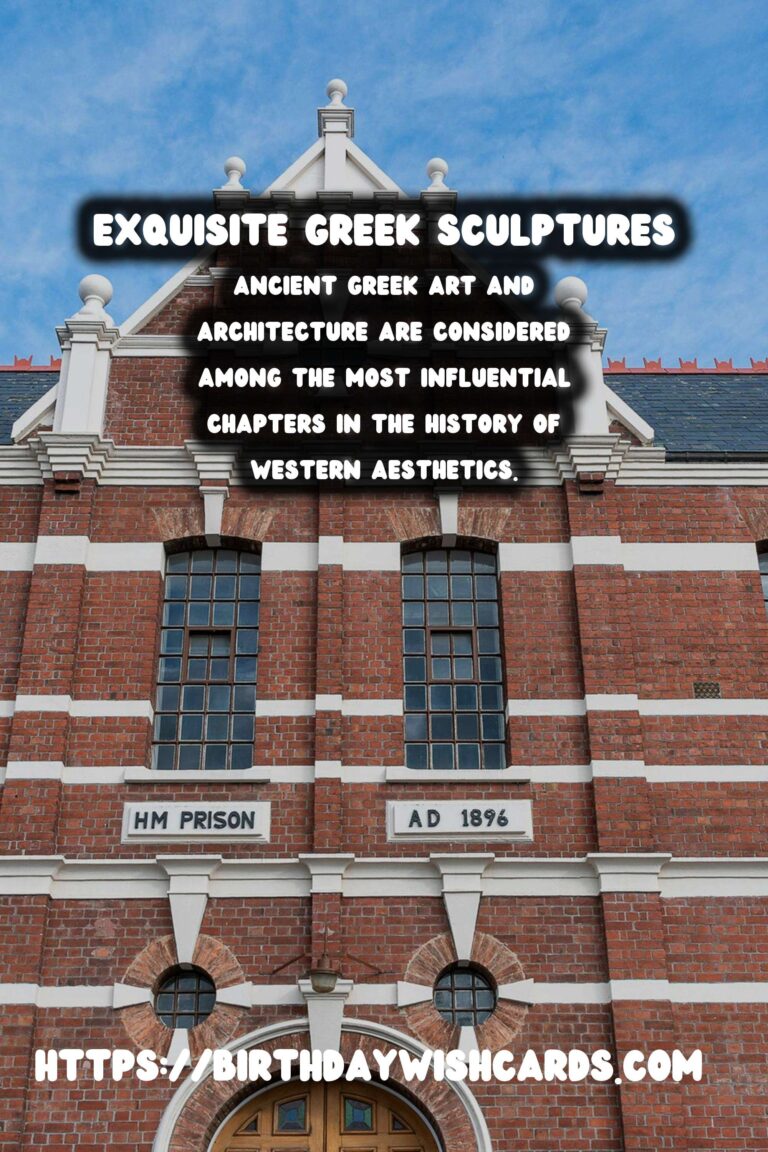

#GreekArt #WesternAesthetics




